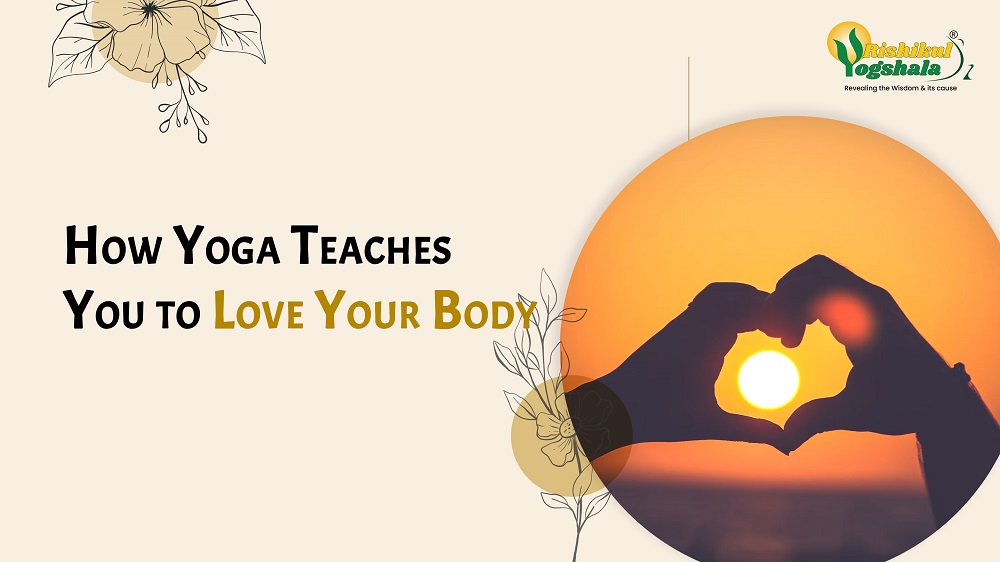9 Key Difference Between Indian Yoga Vs Western Yoga
- Blog
- /
- Yoga Lifestyle and Tips
- /
- 9 Key Difference Between...

The Origin of Yoga: Understanding Its Indian Roots
Yoga cannot be characterized as Western Yoga or Indian Yoga. Just call it Yoga! It is true that over the years, many modifications and innovative practices have reformed Yoga, but that does not erase the fact that Yoga wasn’t born in different countries. The mother of Yoga is one, and that is Vedas. Know more about yoga from other holy scriptures, such as Upanishads, Hatha Yoga Pradipika, Patanjali Yoga Sutras, and the sacred book of Bhagavad Gita.

Today, Yoga is differentiated based on geographical grounds. Indian Yoga and Western Yoga are nothing but a communication gap. The little improvements in Yoga are done to adapt to the changes. As you know, Yoga is a 5000-year-old practice that continues even today. Knowing that the human age has come a long way, it is understood that with human evolution, we face yogic evolution as well. Indian Yoga is the source of Yoga, while Western Yoga is a more adaptable one. There is nothing wrong with the two; it is a matter of choice, availability, and personal preference.
India Yoga or Eastern Yoga is the original or traditional form of Yoga, from which all the other forms and styles have been inspired. In the ancient teachings, the first form of Yoga that was introduced was Hatha Yoga, which further gave birth to Vinyasa Yoga, Ashtanga Yoga, and other forms that exist today.
Yoga is so famous in Western countries because many yogis, like Swami Vivekananda, contributed to spreading awareness and expanding the art of Yoga in the West. He felt that the need for Yoga was increasing in Western countries, too, because of the many mental problems spreading like wildfire all over the world. So, all Yoga practices in the West are directly or indirectly attached to Indian roots only.

9 Key Differences between Indian Yoga Vs Western Yoga
- Yoga Centers and Yoga Ashrams: One major difference is the accommodation provided for yogis to nurture themselves. In India, more attention is given to the natural environment, as the main goal is to let the yogi connect with nature. To bridge the gap between the two, India prefers ashrams, which function organically using sustainable resources, while in the West, the main attention has been given to setting up yogic centers.
- Modern land and Spiritual land: West is more inclined towards providing modern amenities, while India focuses more on enhancing the spiritual experience by appreciating minimalism. So, the East provides simple yogic living with only the necessary requirements, like yogis living in the ancient world. This philosophy is borrowed from the lifestyle of yogis, where more emphasis is given to cutting on the outside world and gardening the inside world.
- The Difference in Diet Plans: Places like Kerala in India are known for their Ayurvedic influence all over the world. The idea behind it is to heal the body from within by using Ayurvedic herbs, spices, and other ingredients in the diet plan. Vegetarian food is served in the Yogic training and yoga retreats, while in the West, it is difficult for the organizers to keep up with the organic living standards. Therefore, West also provides other diet plans, which are not really yogic diet plans that cleanse the body with herbal green teas, vegetables, and seasonal fruits.
- Yoga Gurus and Teachers: The relationship of Indian gurus with their students is totally different from that of Western Yoga teachers. Indian yoga gurus mould their students towards the path of spirituality, conscious living, and self-awareness before engaging the students in performing asanas and yoga postures. They use the ancient history of yoga to help students better understand what they are diving into. The western yoga teachers mainly focus on exercises and physical movements more than mental flexibility.
- Picked-out Yoga Styles: A few yoga forms are modified from the older version of yoga. In the West, fitness plays an important role, which is why yoga is also considered a fitness practice. For example, new-age styles like Hot Yoga, Yin Yoga, Aerial Yoga, Acro Yoga, Aqua Yoga, etc., are more of an innovation than an existing idea of what Yoga really is. The traditional or original art forms of Yoga, like Hatha Yoga, Vinyasa Yoga, Iyengar Yoga, and Ashtanga Yoga, hold more substance in India.
- Peaceful and Intense Yoga: As we all know that Yoga is not just about body flexibility, it is more about harmonizing the mental, physical and spiritual health. The West is trying its best to enhance this ideology but India is already an expert in providing the best yogic training all over the world in a peaceful environment. Before creating an intense environment, the need to make the mind calmer becomes a priority.
- Commercialization over Originality in West: East and West are miles apart, but not when the goal is the same: to balance the mind, body, and soul. Mental health needs more attention than it gets, based on current surveys of stress-related issues. The mystical properties of Yoga can fix this, but only if the practices are not oriented towards commercialization. The more commercial it is, the less original it becomes!
- Natural Ambience and Material luxury: Creating a natural ambiance, that is, being in the middle of the forests, around the holy rivers, or just mountains. It raises the vibration, energy, and inner-power of the aspiring yogis. This cannot be achieved if material luxury is being given more importance than nature. In the spiritual world, real luxury is to have nothing and still be everything!
- Long-term and Short-term Results: Yoga doesn’t restrict itself to short-term goals; rather it is a mere pleasure to be patient to further enjoy the long-term goals. Only if you are consistent, disciplined, and passionate; you can gain the rewards which follows the trail of Yoga. West provides a wide range of programs but in comparatively less duration than the East.
Conclusion
In conclusion, while Indian Yoga emphasizes spiritual growth and tradition, Western Yoga focuses more on physical fitness. Both approaches offer unique benefits, catering to diverse needs and preferences. The West and the East are doing a great job of maintaining the rhythm of Yoga in people’s hearts.
To learn more about these wonderful yoga asanas, explore our Yoga Teacher Training In India, 200 Hours Yoga Teacher Training In India.








